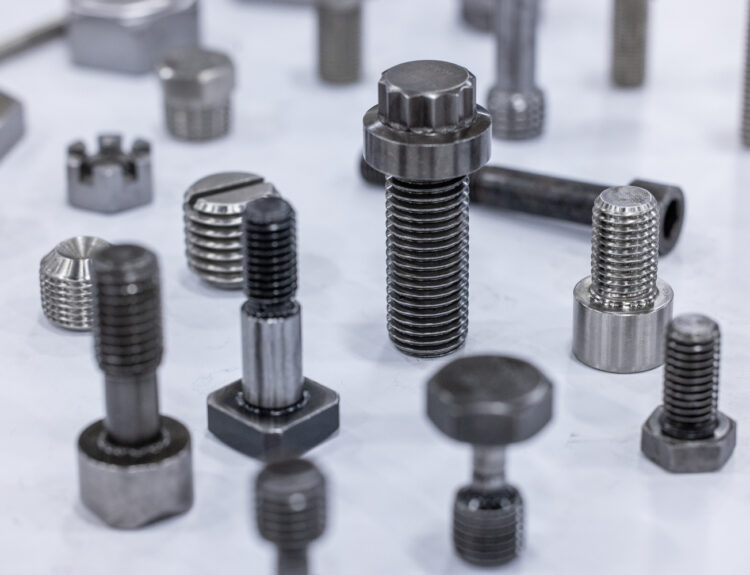Maintaining pipeline efficiency and safety demands continuous attention and care. One of the most effective techniques used in this context is pipeline pigging. This involves using specialized devices known as pigs, which perform various maintenance tasks without interrupting the flow of products through the pipeline.
Companies can use pipeline pigs to carry out cleaning, inspection, and maintenance tasks, avoiding costly repairs or operational delays caused by potential issues. Efficient pigging systems guarantee the prompt operation of pipelines and play a significant role in maintaining their long-term well-being and durability. In addition, pigging enables maintenance teams to deal with possible issues without stopping pipeline operations, which is particularly advantageous in sectors where uninterrupted operation is essential.
The Importance of Regular Pipeline Maintenance
Regular maintenance of pipelines is crucial to prevent blockages, corrosion, and other problems that can disrupt operations or cause environmental risks. Pigging is an essential part of regular pipeline maintenance. Leading pipeline pigging solutions focus on preventing the development of buildups and clogs that can hinder the flow of products. When pipelines are neglected, these obstructions can cause breaches, leaks, and environmental hazards, leading to significant financial losses. Implementing top-tier pigging solutions ensures the integrity and efficiency of pipeline operations, safeguarding against potential environmental and economic risks.
For example, the oil and gas industry has significantly reduced maintenance costs and downtime by incorporating pigging into regular maintenance schedules. Proactively using pigs can identify potential issues before they escalate, ensuring the continuous and safe transport of products.
Types of Pipeline Pigs and Their Functions
Foam Pigs
These pigs are primarily used for cleaning pipelines. Made from various foam densities, they can navigate through different pipeline configurations to effectively remove debris and buildup. Foam pigs are versatile and can be utilized in various pipeline scenarios, making them essential in pipeline maintenance operations.
Intelligent Pigs
Equipped with advanced sensors, intelligent pigs are designed for detailed inspection of the pipeline’s interior. They can detect anomalies such as cracks, corrosion, or metal loss, providing crucial data for preventive maintenance. These pigs often relay information to a central database in real-time, allowing immediate action if a potential issue is detected.
Brush Pigs
Brush pigs have attached bristles that scrub the internal walls of the pipeline, ensuring thorough cleaning. They are handy for removing tough deposits and providing a clean pipeline surface. Regular use of brush pigs can prevent the accumulation of materials that could eventually lead to blockages or corrosion, thus maintaining the pipeline’s efficiency and longevity.
How Pigging Ensures Smooth Operations
Through regular cleaning and inspection, pigging helps maintain smooth operations by preventing issues that could disrupt the flow of products. This process is essential for industries that rely on uninterrupted pipeline systems, such as the oil and gas sector. Consistent pigging can help detect and mitigate corrosion, metal loss, and sediment buildup.
For example, maintaining pipeline efficiency is critical for energy companies, where any disruption can have significant operational and financial impacts. Pigging provides a reliable solution to keep these systems running efficiently. The continuous flow of oil and gas is critical for the companies, consumers, and the broader economy. A disruption in the pipeline can lead to fuel shortages or price increases, highlighting the importance of uninterrupted operations.
The Future of Pipeline Pigging Technology
The advancement of intelligent pigs marks a significant leap in pipeline maintenance technology. These smart devices enhance the precision of inspections and ensure pipeline systems’ safety and longevity. Future generations of intelligent pigs are expected to come equipped with even more sophisticated sensors and data collection capabilities, allowing for real-time analytics and predictive maintenance. This progression will enable companies to implement just-in-time maintenance, reducing unnecessary interventions and focusing efforts on areas that truly need attention.
As technology evolves, we expect even more sophisticated pigging solutions to streamline maintenance operations further and improve pipeline management. For instance, advancements in machine learning and artificial intelligence could be integrated into pigging systems, offering predictive analytics that can foresee and mitigate potential issues before they arise. These technologies are set to revolutionize how pipelines are maintained, making the process more efficient and reducing costs.
Conclusion
Using pigs in pipeline maintenance is essential in today’s industry. Utilizing different breeds of pigs is vital for maintaining the efficiency and durability of pipeline systems through cleaning and inspection. By integrating cutting-edge pigging technologies, industries can improve the efficiency and safety of their processes. Regular pigging doesn’t just address present problems; it also functions as a preventive tactic to maintain the overall wellness of pipeline infrastructure in the long run.



